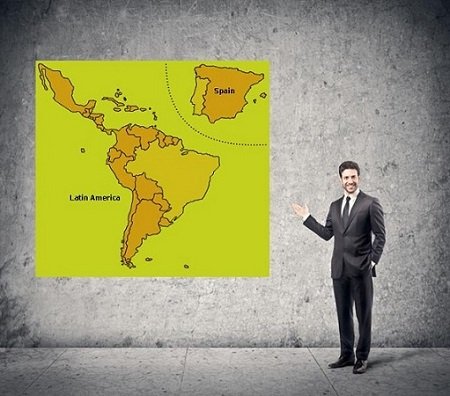Translation is becoming key in so many industries, it may be easier to answer the question of which industries are NOT in need of translation. With the global market expanding before our eyes, translation services are becoming more sought after by an ever-growing variety of industries.
Here, we will look at which industries are seen to most need translations services.
E-Commerce Industry
The e-commerce industry in the US grew by 15.6% in 2016, reaching a total of $394.86 billion. Any online business that wants to sell their products or services internationally should consider translation services. Anyone clicking onto a website who doesn’t speak the mother tongue of the country that business is based on will soon click away if they do not see those magic flags in the top right hand corner of the home page, signaling a translated website.
Finance and Legal Industries
As international trade booms, large financial transactions take place every day. Contracts, reports, correspondence all have to adhere to legal standards and trade and market laws, and the only way to accomplish this is to ensure accurate translation of these documents.
In addition, any company wanting to do business outside of the US needs to show willing to strengthen client relationships by employing specialized translators to facilitate communications and legal matters.
Medical Industry
Internationally and within countries such as the US where Spanish is the first language of a large proportion of the population, translation in the medical industry is paramount to safe practice, for patients and doctors alike. For more information see our articles:
A Guide to Translating Health Care Materials into Spanish – First Part
A Guide to Translating Health Care Materials into Spanish – Second Part
Travel and Tourism Industry
The travel and tourism industry is all about communication between people from different countries, who speak different languages. Be it booking websites, brochures, destination guides or even online reviews, the more material that is translated, the more successful the industry will be and the larger the gain for the country’s economy.
Human Resources Industry
No matter what the industry, any company that has a significant proportion of employees who speak another language should consider translation services essential. This is of particular importance in the US, where many companies have a growing presence of Spanish-speaking workers.
Translation of human resources documents protects both the company and the employees. In the event of an altercation being brought to court, a company who has translated employee manuals, safety documents, policies and procedures into Spanish will stand up much better in front of a judge.
And of course, the translation industry is also in need of translation! A translation services website that is translated into the language of its target audience will attract much more traffic and business.












